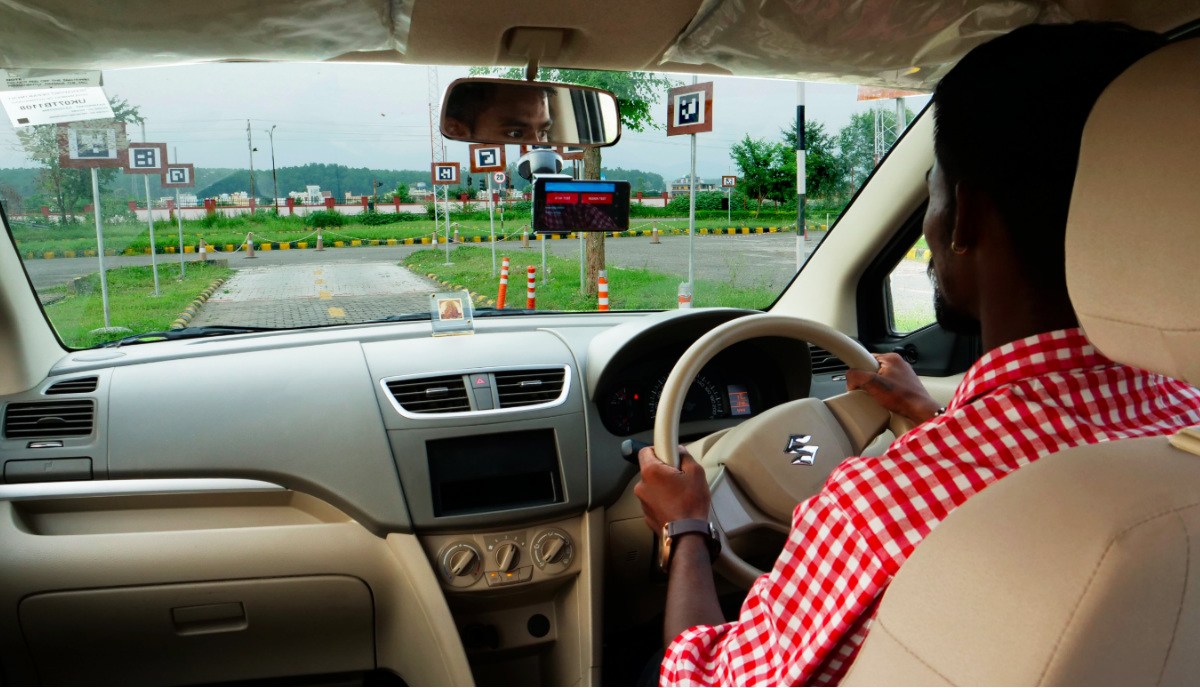Microsoft’s Project HAMS Aims To Improve Driving Tests In India

We all know how driving tests in India are; there is always a way to pass them and finally acquire a driving license. To make the process better and automated, Microsoft has announced a new project — Project HAMS — for improved driving tests in the country.
Microsoft’s Project HAMS
The Regional Transport Office (RTO) in Dehradun, Uttarakhand, presently makes use of Microsoft’s Project HAMS (Harnessing AutoMobiles for Safety).
Started back in 2016, it was initially launched to keep track of drivers and their driving habits to ensure road safety. But now the company has improved it to make it a technological aid for the driving tests conducted by the RTOs.
Microsoft has launched Project HAMS in collaboration with the Institute of Driving and Traffic Research (IDTR). IDTR itself is a joint venture between the Department of Transport of State Governments and Maruti Suzuki India Limited.
How Does Project HAMS Work?
Project HAMS uses a smartphone, which is attached to the windshield of the car using which a person takes the driving test.
The smartphone’s front and rear cameras and other sensors are used to keep an eye on the driver and the road ahead. Precise tracking is used to monitor the vehicle’s “trajectory” during the designated test situation. Test situations include parallel parking or negotiating a roundabout.
Following this, the data collected at the end of the tests are sent over to an edge onsite server. With the help of AI, the data is analyzed, and a detailed report is finally produced.
Why Project HAMS Is Needed All Over India?
According to a survey by SafeLife Foundation, around 59% of Indians don’t go through driving tests and acquire driving licenses.
This is a constant problem in India that questions the integrity of the evaluators and the road safety of a person. Project HAMS is a comprehensive method that ensures people take driving tests seriously and get driving licenses fairly.
Additionally, it burdens off the human evaluators and eventually leads to cost reduction of the whole process. Hence, we look forward to it being adapted pan-India. Still, it remains to be seen whether or not Microsoft’s technology is efficient than humans and becomes a viable alternative for the masses.
What are your thoughts on the same? Comment below!
Also Read: Tesla Model S vs Porsche Taycan Drag Race: Electric Car Showdown






